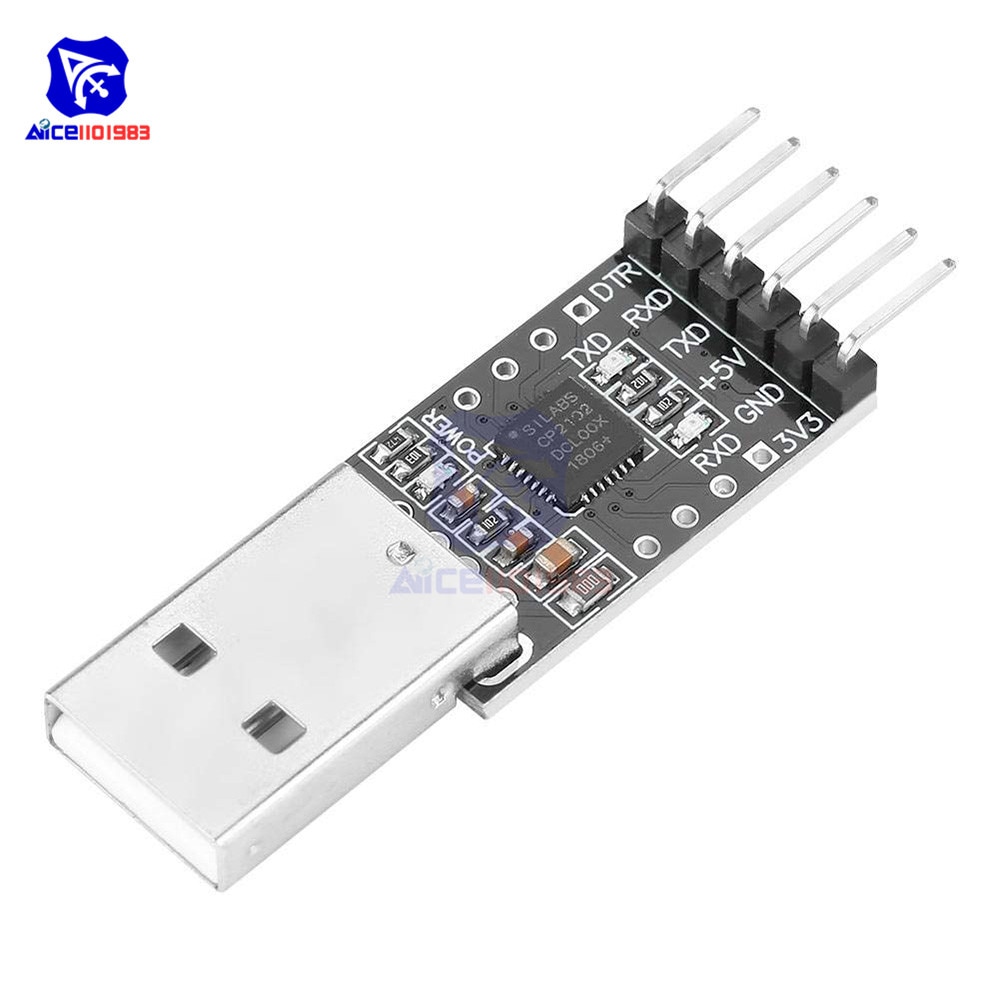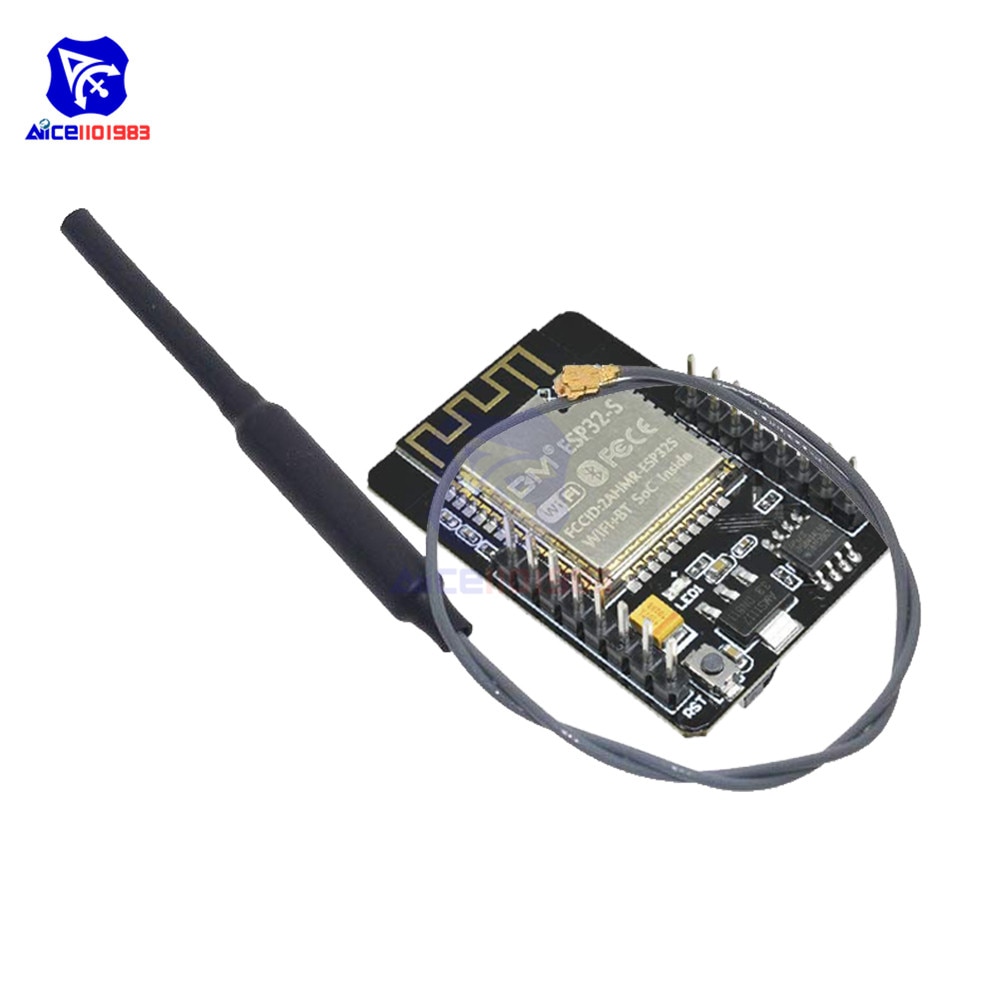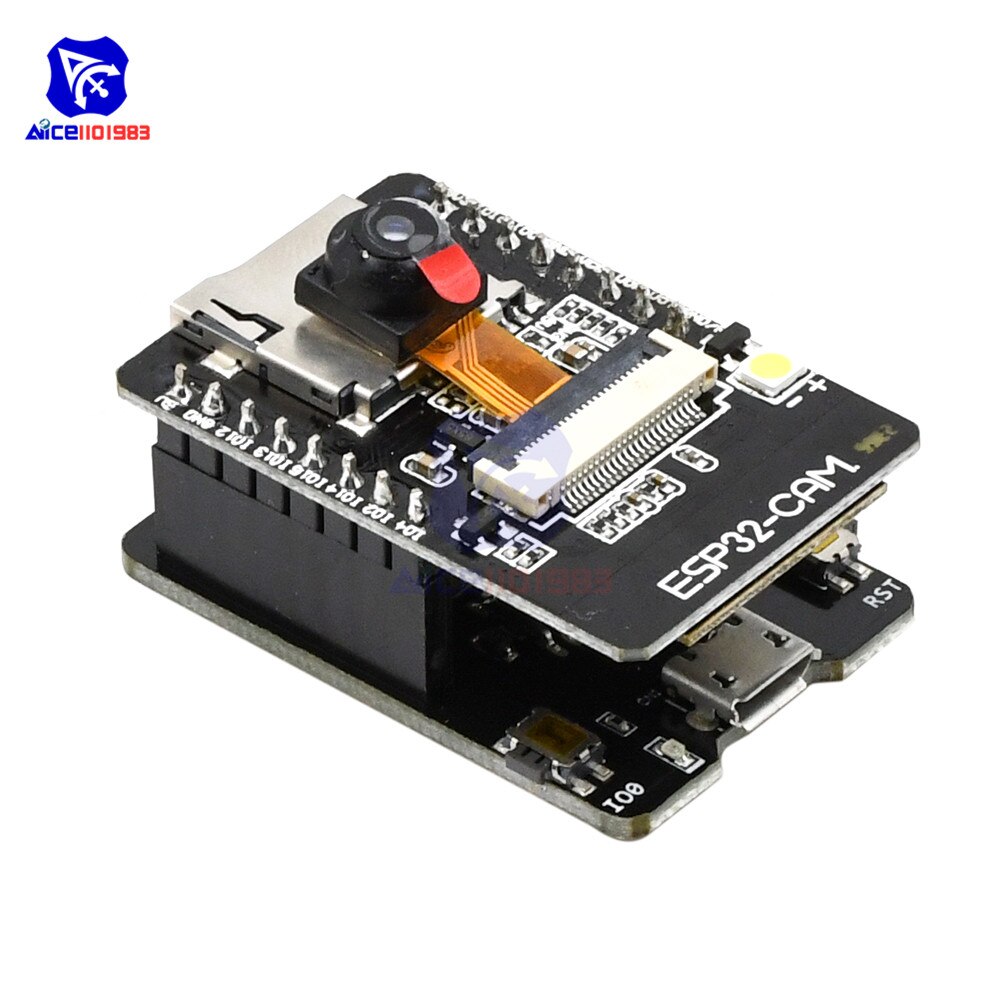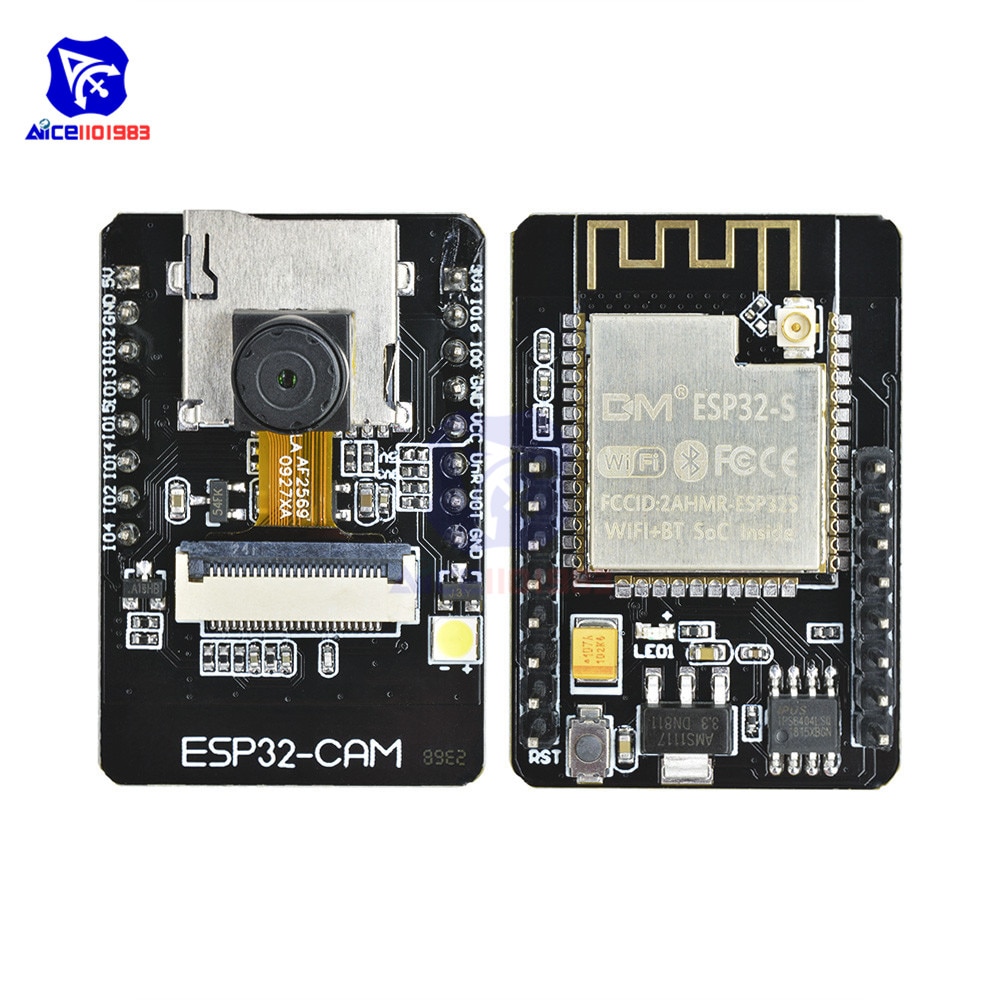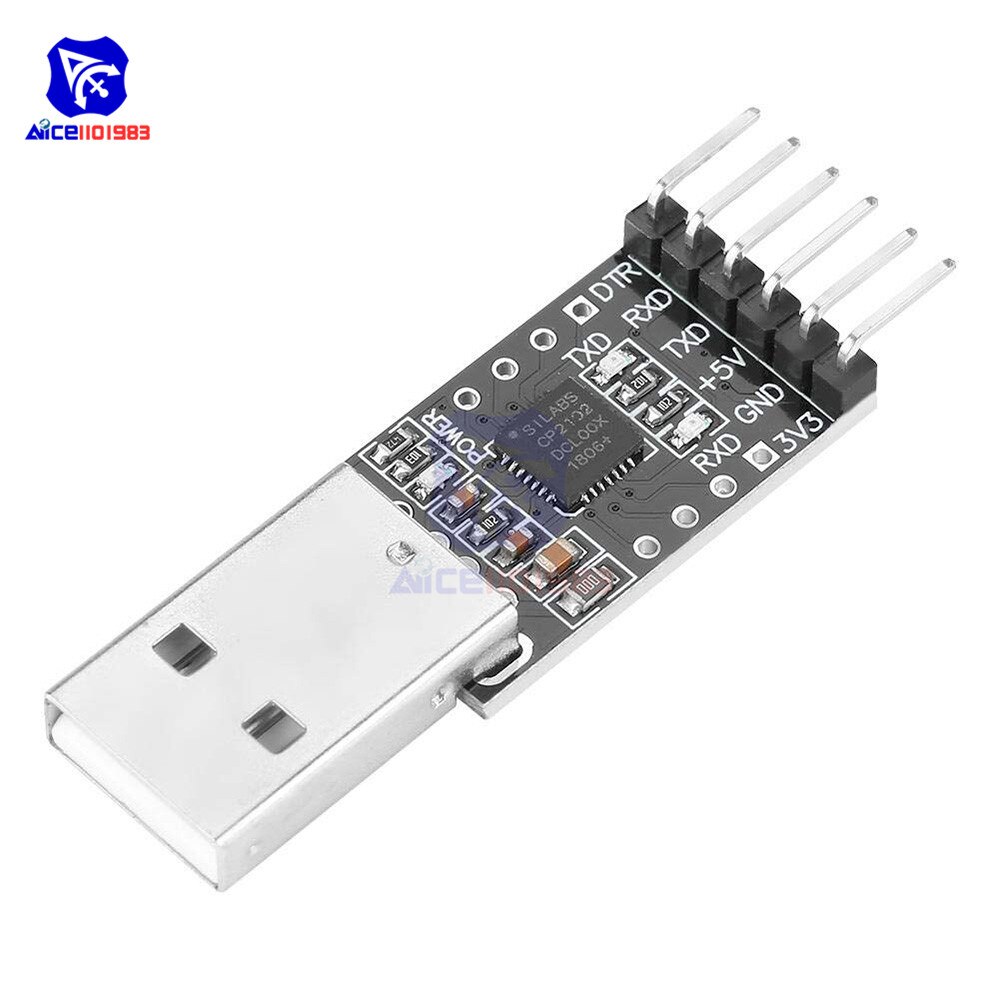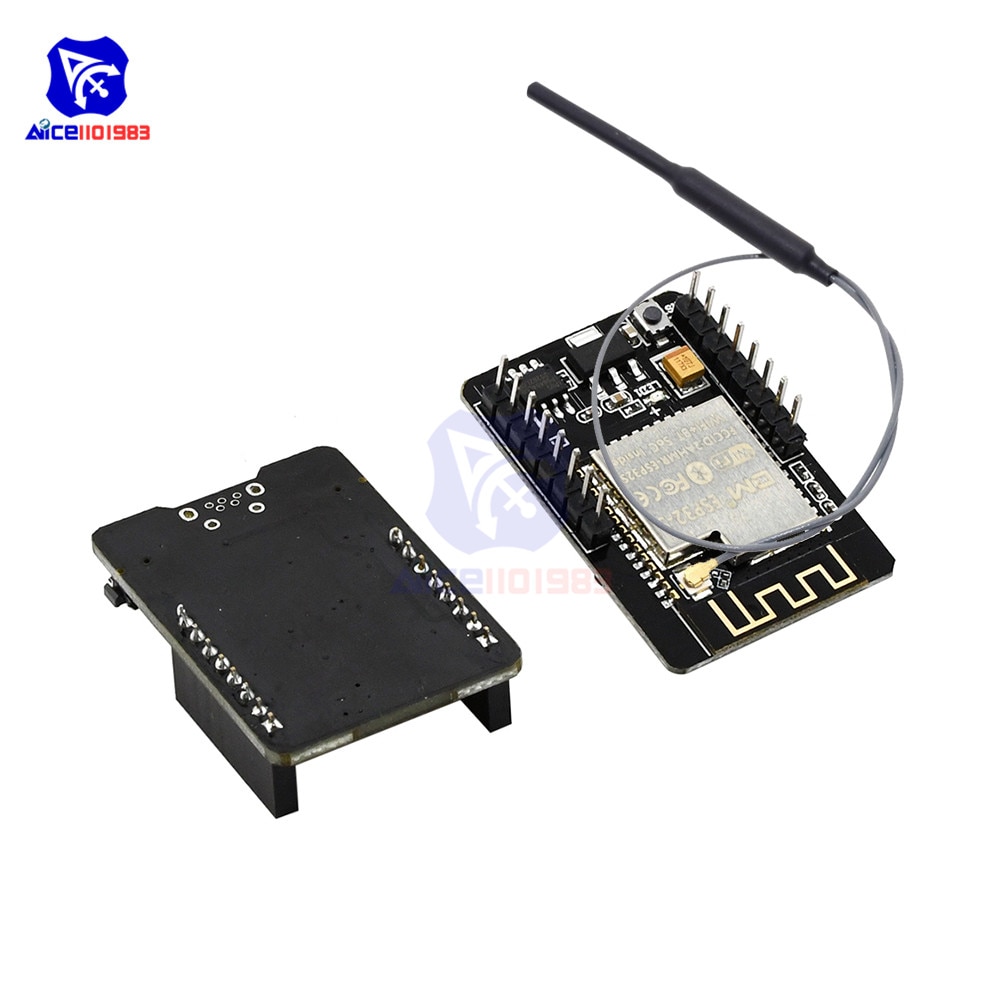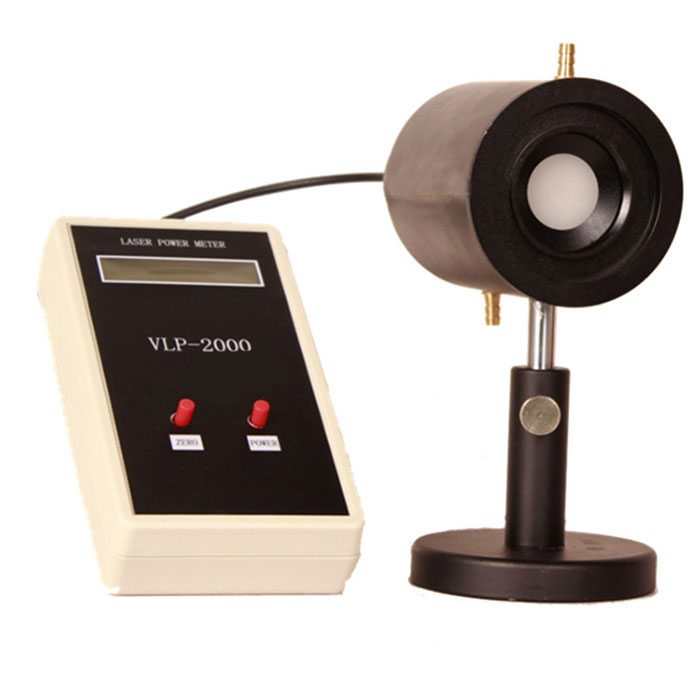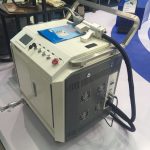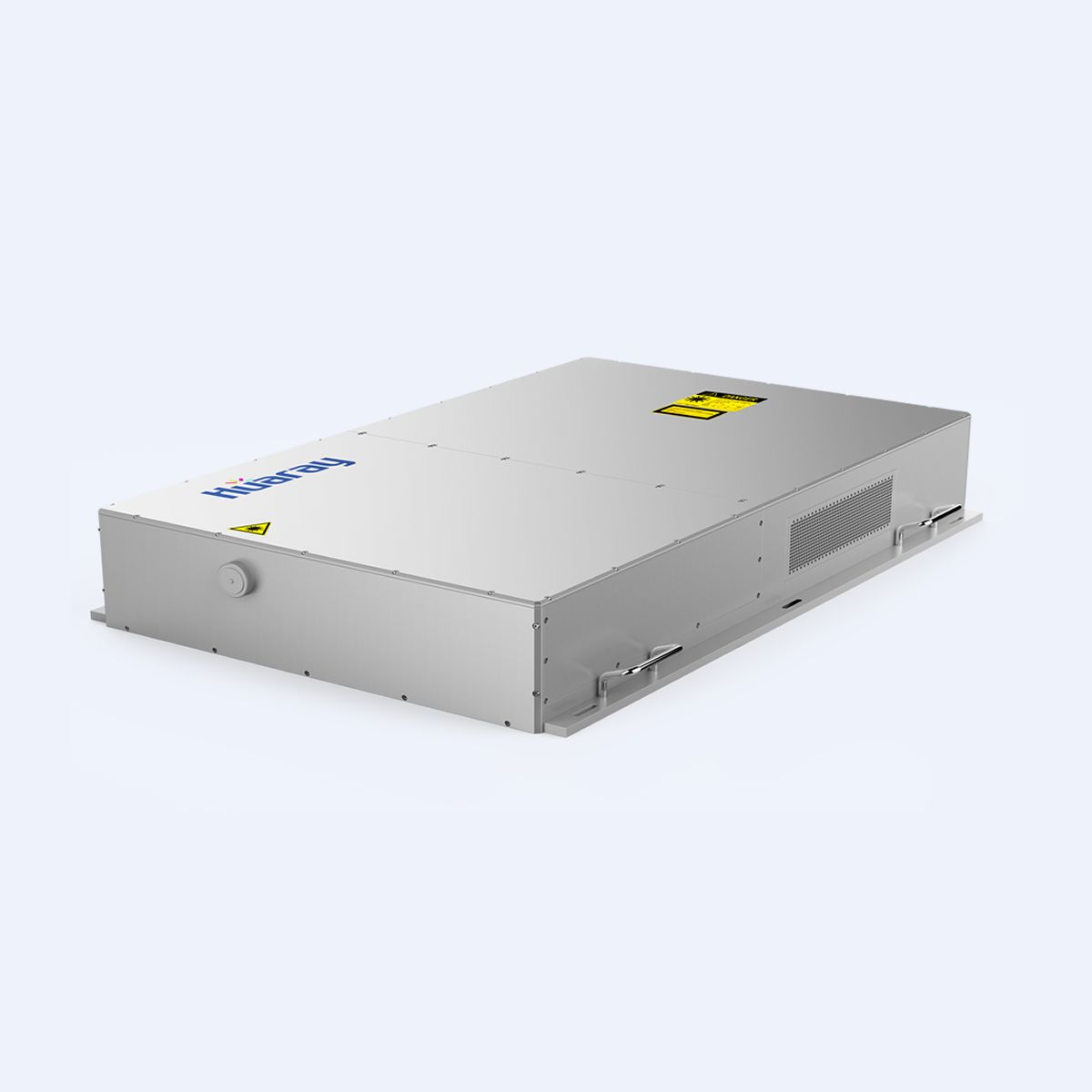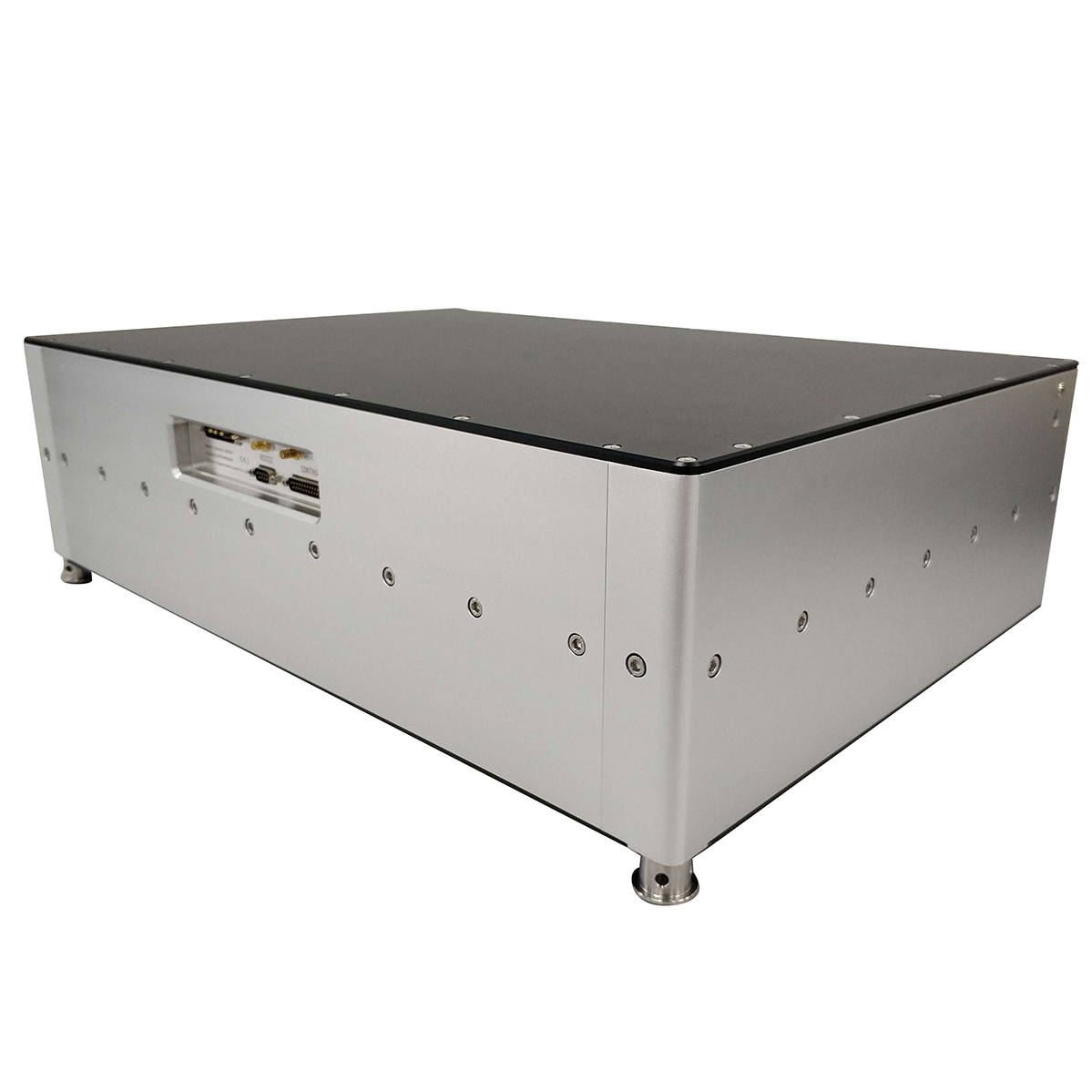Description
- Brand Name: diymore
- Origin: Mainland China
- Condition: New
- Type: Logic ICs
- Model Number: ESP-32-CAM-MB ESP-32S OV2640
- Supply Voltage: 5V
- Dissipation Power: WiFi Bluetooth Module
- is_customized: Yes
- Operating Temperature: -20 -70℃
- Application: Computer
- Package: SOP
ESP32-CAM-MB CH340G USB Serial ESP32-S Wireless WiFi Bluetooth OV2640 2MP Camera Support Photo/Video Antenna for Arduino
Note:
The upgraded version supports more function to program this item.
Please check here: https://drive.google.com/file/d/1UmplaIxpUyDJeEthIcjWOrXezJ0UVbAZ/view?usp=sharing
[Newest ESP32-CAM Micro USB to CH340 Serial Module]
Specification:
Model: HW-818
Supply Voltage: 5V
SPI Flash: 32M Bit
RAM: Internal 520KB + External 4M PSRAM
Bluetooth: 4.2 BR/EDR, BLE Standard
WiFi: 802.11 b/g/n/e/i
Interface: UART, SPI, I2C PWM
TF Card: Max. 4G
IO Port: 9
Serial rate: 115200 bps
Picture form: JPEG(only OV2640 support), BMP, GRAYSCALE
Frequancy range: 2412 -2484MHz
Antenna: Onboard PCB antenna, ±2dBi
Size: 27*48.5*4.5mm
Transmit power:
802.11b: 17±2 dBm(@11Mbps)
802.11g: 14±2 dBm(@54Mbps)
802.11n: 13±2 dBm(@MCS7)
Transceiver sensitivity:
CCK, 1Mbps: -90dBm
CCK, 11Mbps: -85dBm
6 Mbps (1/2BPSK): -88dBm
54Mbps (3/4 64-QAM): -70dBm
MCS7 (65 Mbps, 72.2 Mbps): -67dBm
Consumption:
Turn off Flash LED: 180mA@5V
Turn on Flash LED and turn to max brightness: 310mA@5V
Deep-sleep: Min. 6mA@5V
Moderm-sleep: Min. 20mA@5V
Light-sleep: Min. 6.7mA@5V
Safety: WPA/WPA2/WPA2-Enterprice/WPS
Application:
This module can be widely used in various IoT applications, suitable for home smart devices, industrial wireless control, wireless monitoring, QR wireless identification, wireless positioning system signals and other IoT applications. It is packaged in DIP and can be used directly by plugging in the bottom plate.
Program download:
1. Download the software and set it up, select the program or burn the file
2. Press the FLASH button of the module (to keep pressing), and then connect the MICRO USB port of the module and the computer USB port through the USB cable.
3. To download the software, select the correct download port, and then download. When the program starts to download,
FLASH button can be released
Note:
The resistor is on position ① which means the board use internal antenna,
If you want to us the external antenna, please remove the 0R Ω resistor to position ②.
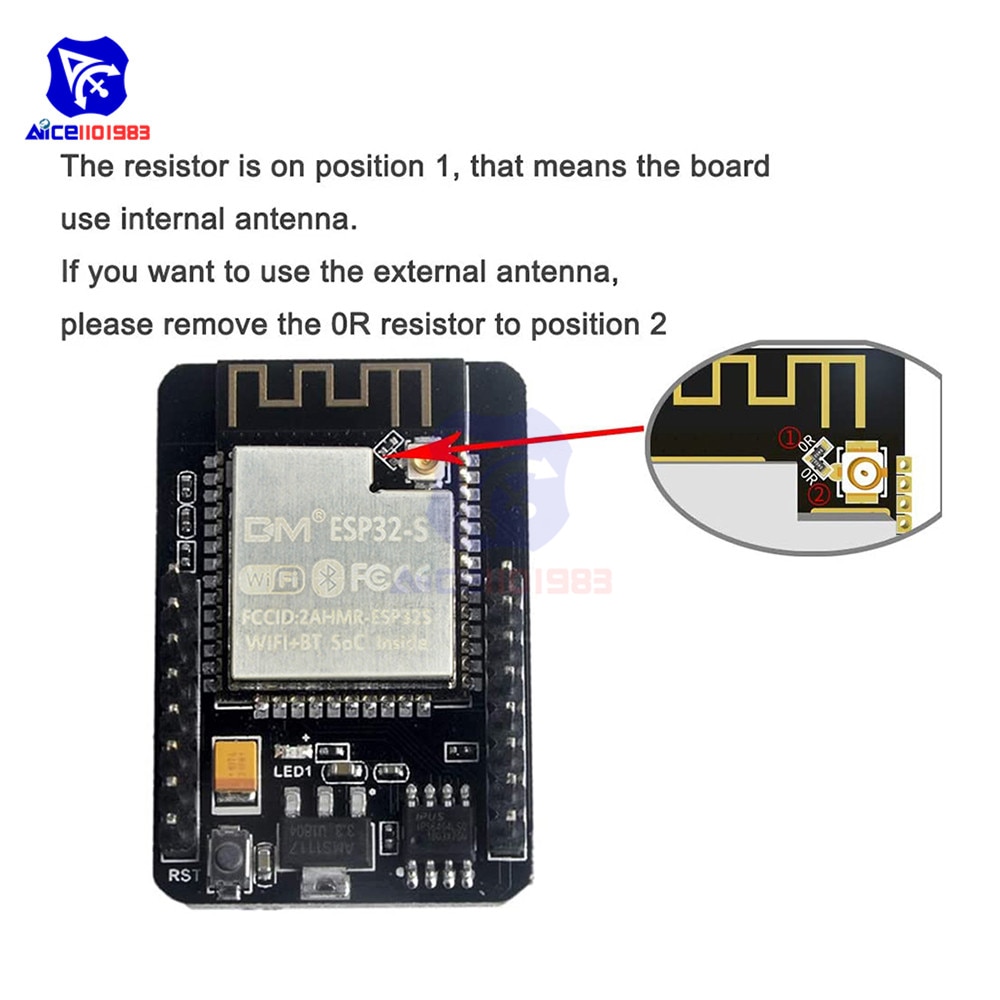


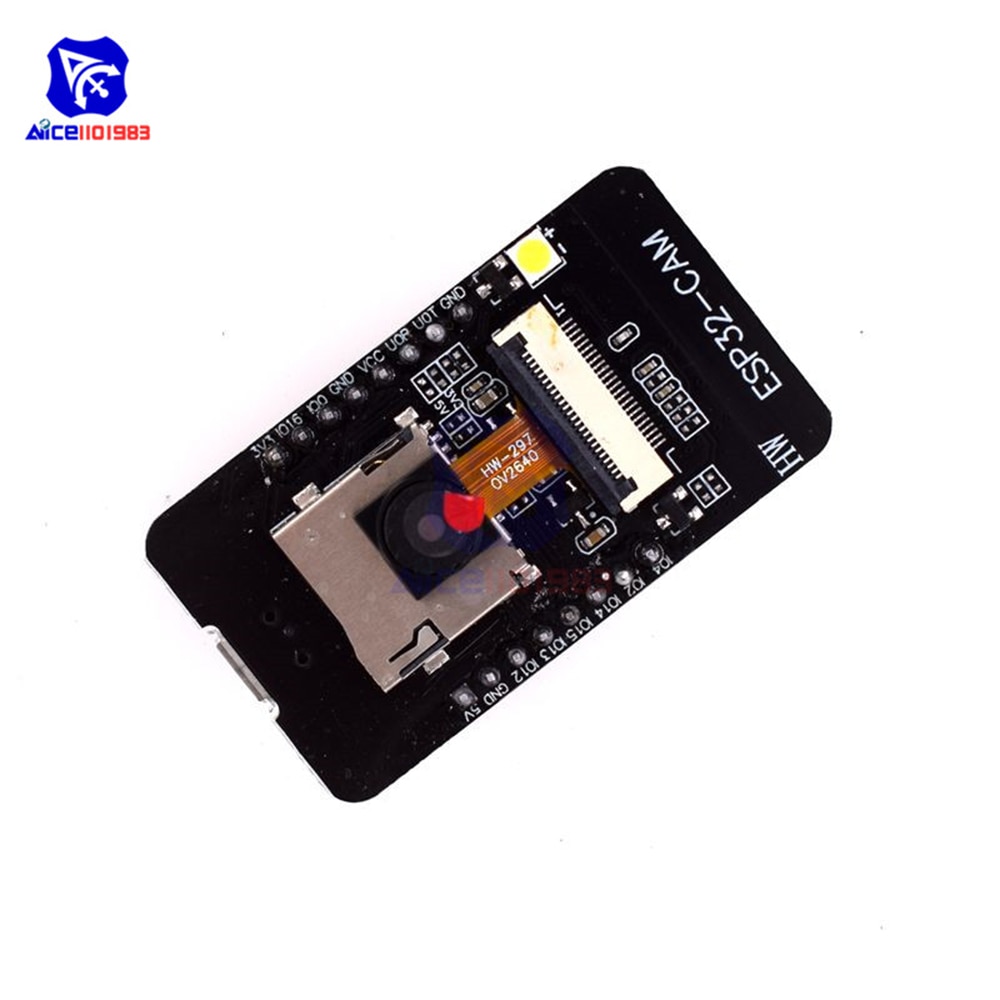

[ESP32-CAM-MB CH340G Serial Micro USB]
Description:
The ESP32-CAM-MB module is a small camera module with a size of 39.8*27*. This module can work independently as the smallest system. A new WiFi+Bluetooth dual-mode development board based on ESP32 design, using PCB on-board antenna, with 2 high-performance 32-bit LX6CPU, using 7-level pipeline architecture, main frequency adjustment range 80MHz to 240Mhz. Ultra-low power consumption, deep sleep current is as low as 6mA. It is an ultra-small 802.11b/g/n Wi-Fi + BT/BLE SoC module
ESP32-CAM-MB adopts Micro USB interface, convenient and reliable connection method, which is convenient to be applied to various IoT hardware terminal occasions.
Parameters:
Using low-power dual-core 32-bit CPU, it can be used as an application processor.
The main frequency is up to 240MHz, and the computing power is up to 600 DMIPS
Built-in 520 KB SRAM, external 8MB PSRAM
Support UART/SPI/I2C/PWM/ADC/DAC and other interfaces
Support OV2640 and OV7670 cameras, built-in flash
Support picture WiFI upload
Support TF card
Support multiple sleep modes.
Embedded Lwip and FreeRTOS
Support STA/AP/STA+AP working mode
Support Smart Config/AirKiss one-click network configuration
Support secondary development
Application:
Home smart device image transmission
Wireless monitoring
Smart agriculture
QR wireless recognition
Wireless positioning system signal
And other IoT applications
Specification:
Working voltage: 4.75 -5.25V
SPIFlash: 32Mbit
RAM: Internal 520KB + external 8MB PSRAM
Wi-Fi: 802.11b/g/n/e/i
Bluetooth: Bluetooth 4.2BR/EDR and BLE standard
Support interface: (2Mbps) UART, SPI, I2C, PWM
Support TF card: up to 4G
IO port: 9
Serial port rate: 115200bps
Spectrum range: 2400 -2483.5MHz
Antenna form: onboard PCB antenna, gain 2dBi
Image output format: JPEG (only OV2640 support), BMP, GRAYSCALE
Transmit power:
802.11b: 17±2dBm (@11Mbps)
802.11g: 14±2dBm (@54Mbps)
802.11n: 13±2dBm (@MCS7)
Receiving sensitivity:
CCK, 1Mbps: -90dBm
CCK, 11Mbps: -85dBm
6Mbps(1/2BPSK): -88dBm
54Mbps(3/464-QAM): -70dBm
MCS7 (65Mbps, 72.2Mbps): -67dBm
Power consumption:
Flash off: 180mA@5V
Turn on the flash and adjust the brightness to the maximum: 310mA@5V
Deep-sleep: The lowest power consumption can reach 6mA@5V
Moderm-sleep: The minimum can reach 20mA@5V
Light-sleep: The lowest can reach 6.7mA@5V
Security: WPA/WPA2/WPA2-Enterprise/WPS
Working temperature: -20℃ -70℃
Storage environment: -40℃ -125 ℃, <90%RH


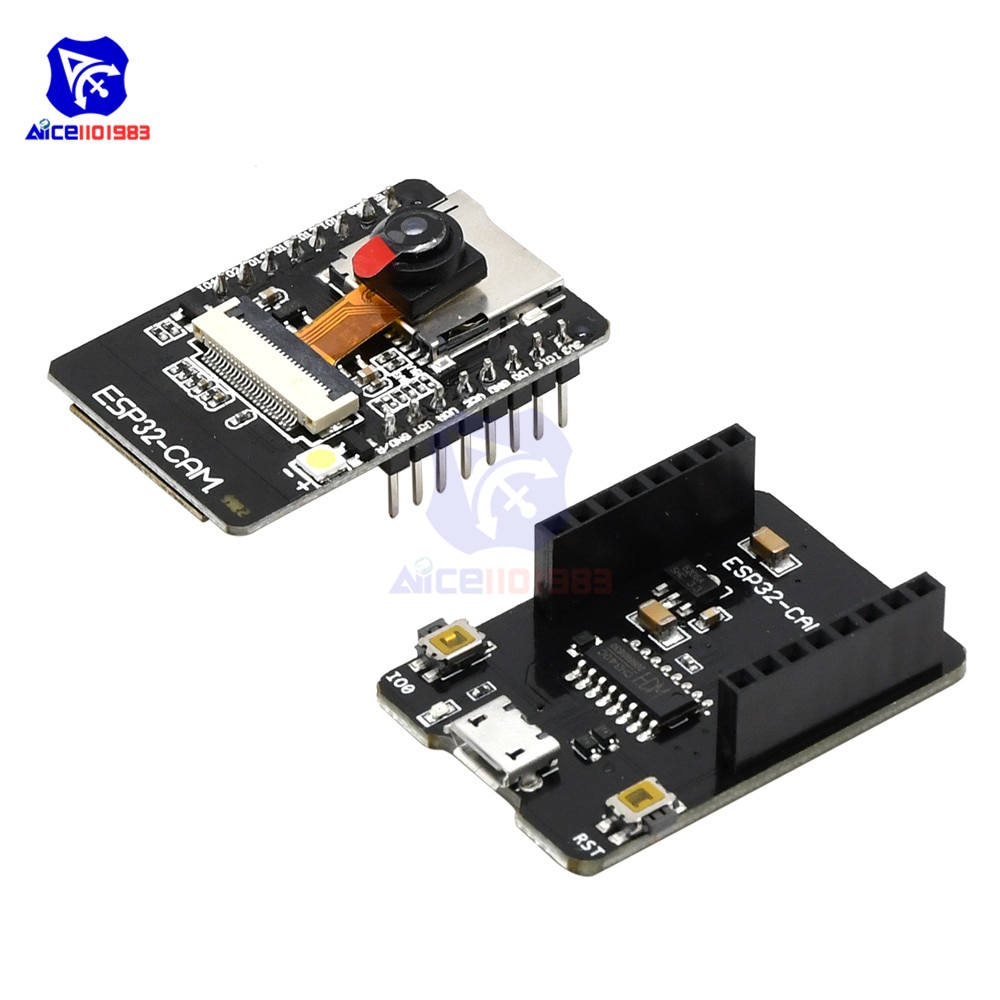
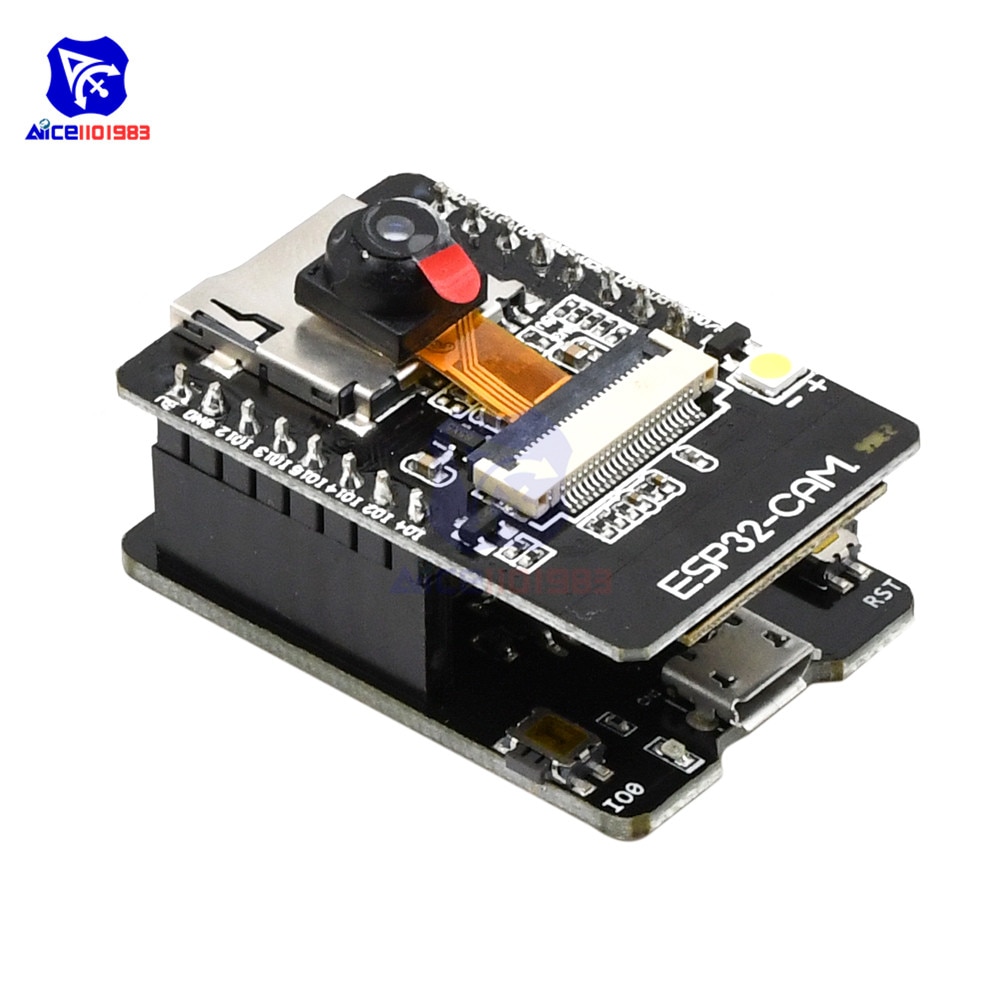


[ESP32-CAM]
Modle: ESP32-CAM
Operating Voltage: 5V
SPI Flash: 32 Mbit
RAM: Inter 520KB+, External 4M PSRAM
Bluetooth: BLuetooth 4.2 BR/EDR & BLE standard
WIFI: 802.11/b/g/n/e/i
Port: UART, SPI, I2C, PWM
IO Port: 9
Serial port rate: 115200 bps
Picture form: JPEG (only OV2640 support), BMP, GRAYSCALE
Spectrum range: 2412 -2484MHz
Antanna: Onboard PCB Antanna 2dBi
Security: WPA/WPA2/WPA2-Enterprise/WPS
Operating Temperature: -20 -85℃
Storage Tepmerature: -40 -90℃, <90%RH
Transmit power:
802.11b: 17+/-2 dBm (@11Mbps)
802.11g: 14+/-2 dBm (@54Mbps)
802.11n: 13+/-2 dBm (@MSC7)
Receive Sensitivity:
CCK, 1 Mbps: -90dBm
CCK, 11 Mbps: -85dBm
6 Mbps(1/2 BPSK): -88dBm
54 Mbps (3/4 64-QAM): -70dBm
MCS7 (65 Mbps, 72.2 Mbps): -67dBm
[ESP32-S]
The main chip uses a low-power dual-core 32-bit CPU with a frequency of up to 240MHz and a computing power of up to 600DMIPS.
Default 32Mbit SPI Flash, 520KB SRAM
Support SoftAP and Station mode
Ultra-small 802.11b/g/n Wi-Fi + BT/BLE SoC module
Support UART/SPI/I2C/I2S/PWM/ADC/DAC, etc.
Support for firmware upgrade (FOTA)
Antenna supports on-board antenna or IPEX block output
[OV2640 Camera Module]
Feature:
The OV2640 image sensor features 2 megapixels (1632×1232 pixels)
Small size, low operating voltage, and provides all the features of a single chip UXGA camera and image processor.
Through the SCCB control, you can output the entire frame, sub-sampling, take the window, and a variety of resolution 10-bit sampling data.
The product UXGA images up to 15 frames per second.
The user can fully control the image quality, data format and transmission mode.
Specification:
High sensitivity for low-light applications
Low voltage for embedded applications
Standard SCCB interface, compatible with I2C interface
RawRGB, RGB (GRB4: 2: 2, RGB565 / 555/444), YUV (4: 2: 2) and YCbCr (4: 2: 2) output format
Supports UXGA, SXGA, VGA, QVGA, QQVGA, CIF, QCIF and up to 40×30 size
Supports Vario Pixel sub sampling mode
Automatic impact control functions include: automatic exposure control, Automatic gain control, automatic white balance, automatic elimination of light stripes, automatic black level calibration. Image quality control including color saturation, hue, gamma, sharpness ANTI_BLOOM
ISP with noise cancellation and dead pixel compensation
Support image scaling
Lens loss compensation
Saturation automatic adjustment
Edge enhancement automatic adjustment
Noise reduction automatic adjustment
Sensing array 1632 x 1232
Maximum format UXGA IO
Voltage 1.7V -3.3V
Analog voltage 2.5 -3.0V (internal LDO to power supply 1.2V)
Power consumption TBD sleep<20uA
Temperature operation -30 -70℃
Stable working 0 to 50 Degrees Celsius
Output format (8-bit)
YUV / YCbCr4: 2: 2 RGB565 / 555/444
GRB4: 2: 2 Raw RGB Data
Optical size 1/4″
Viewing angle 25°
Maximum rate 15fps
SXGA sensitivity 1.3V / (Lux-sec )
Signal to noise ratio 40dB
Dynamic range 50 dB
View mode Progressive electron exposure 1 line to 1247 lines
Pixel area 2.2 um x 2.2 um
Dark current 15 mV / s at 60℃
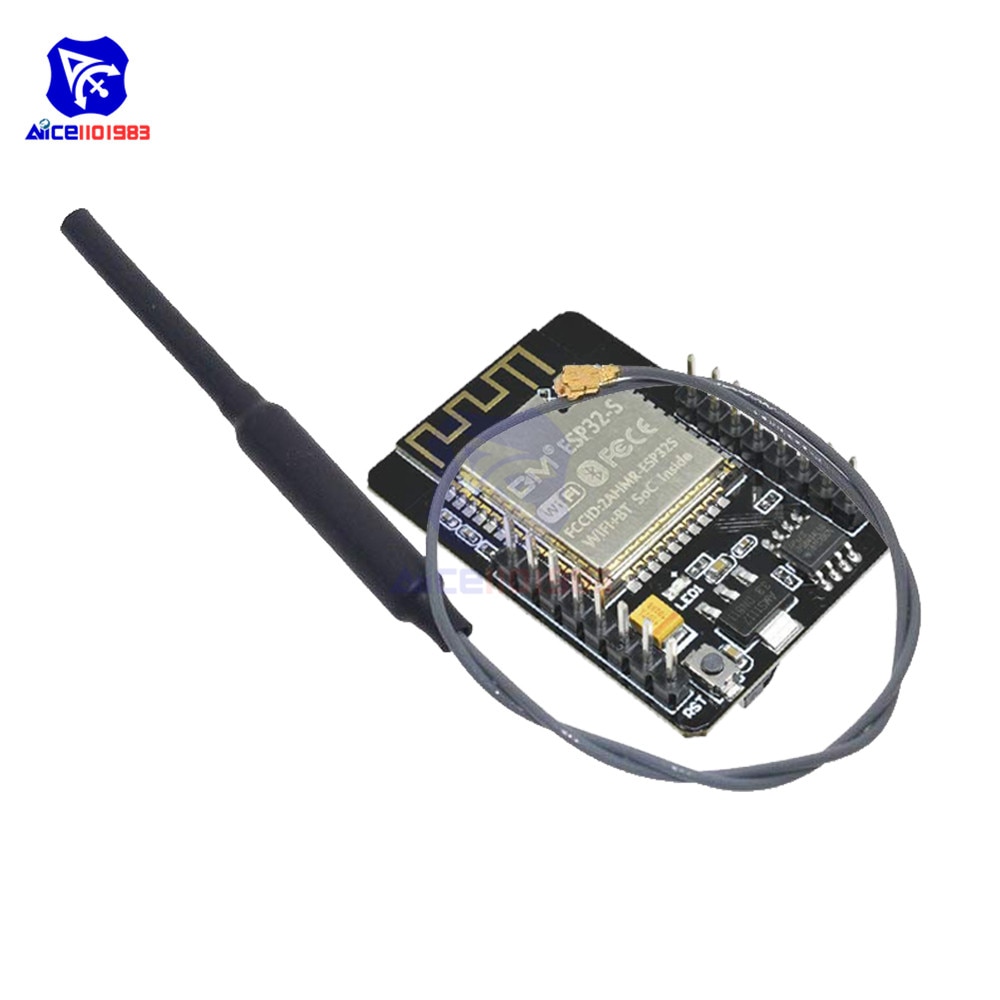
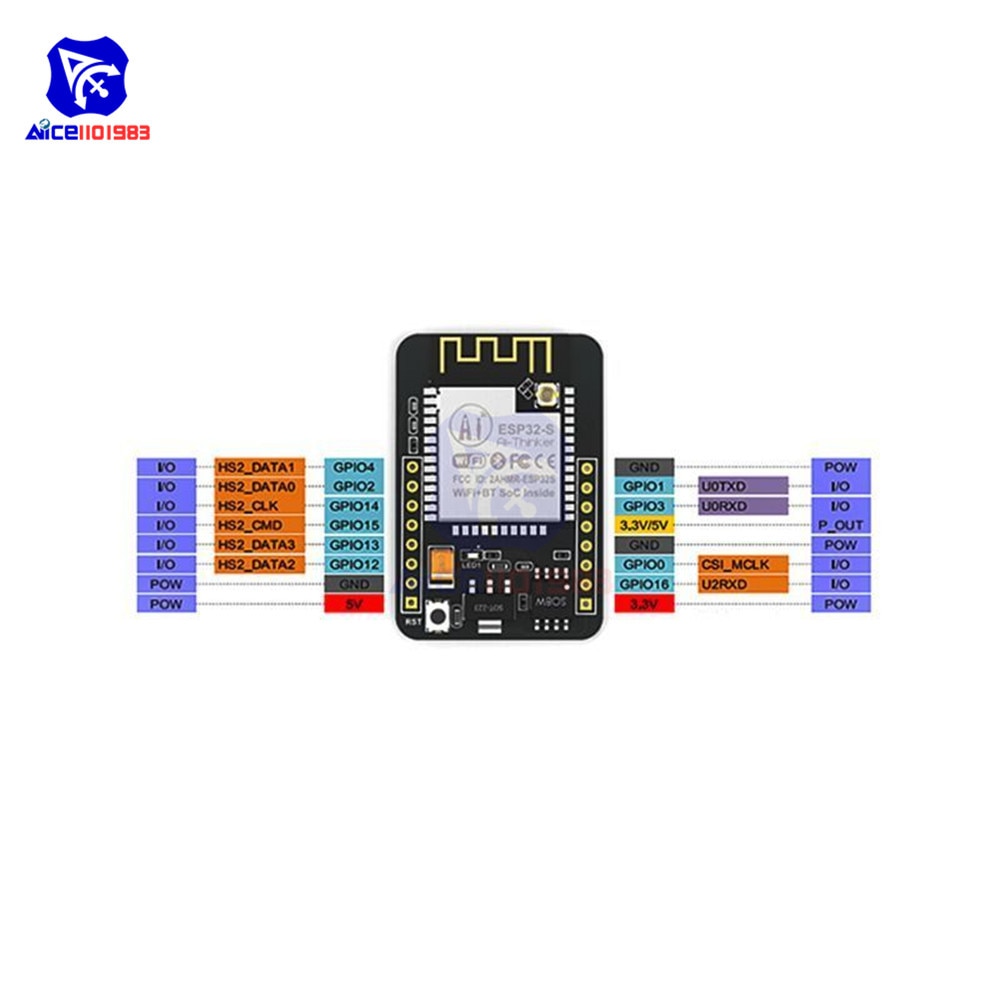
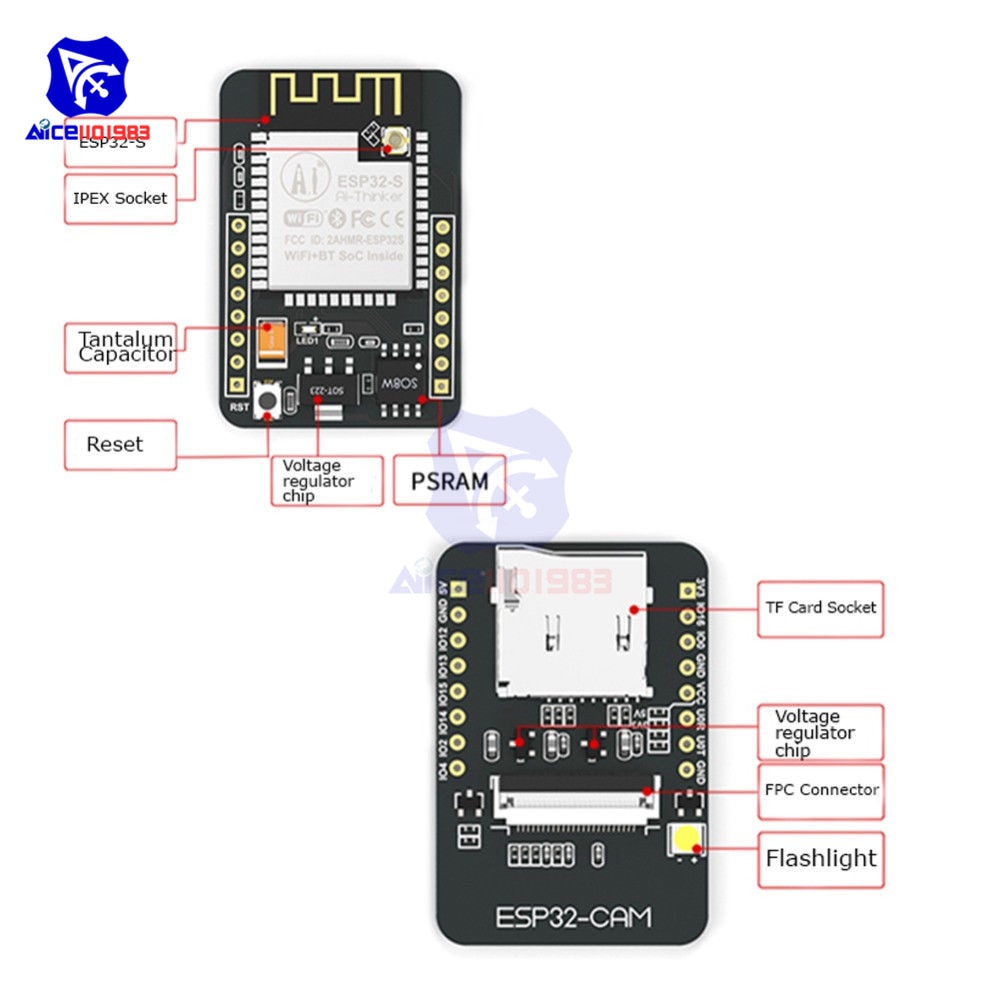
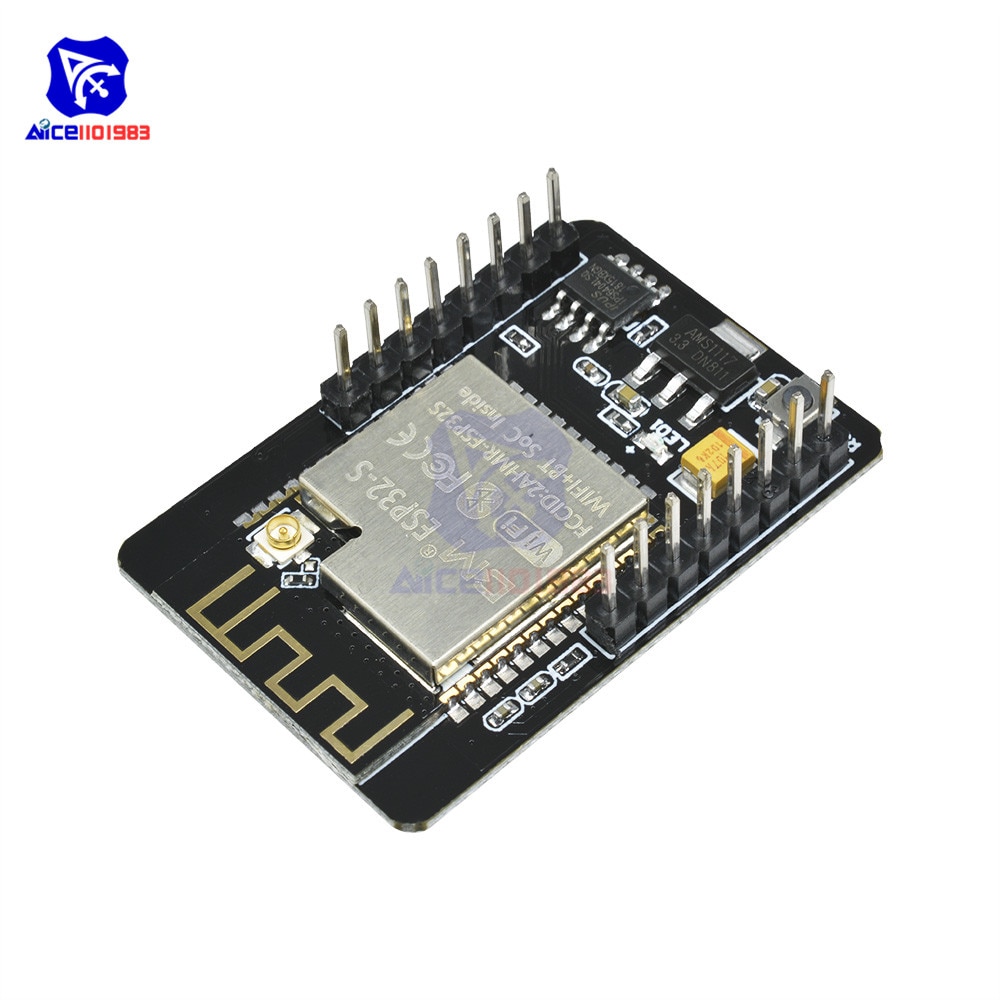

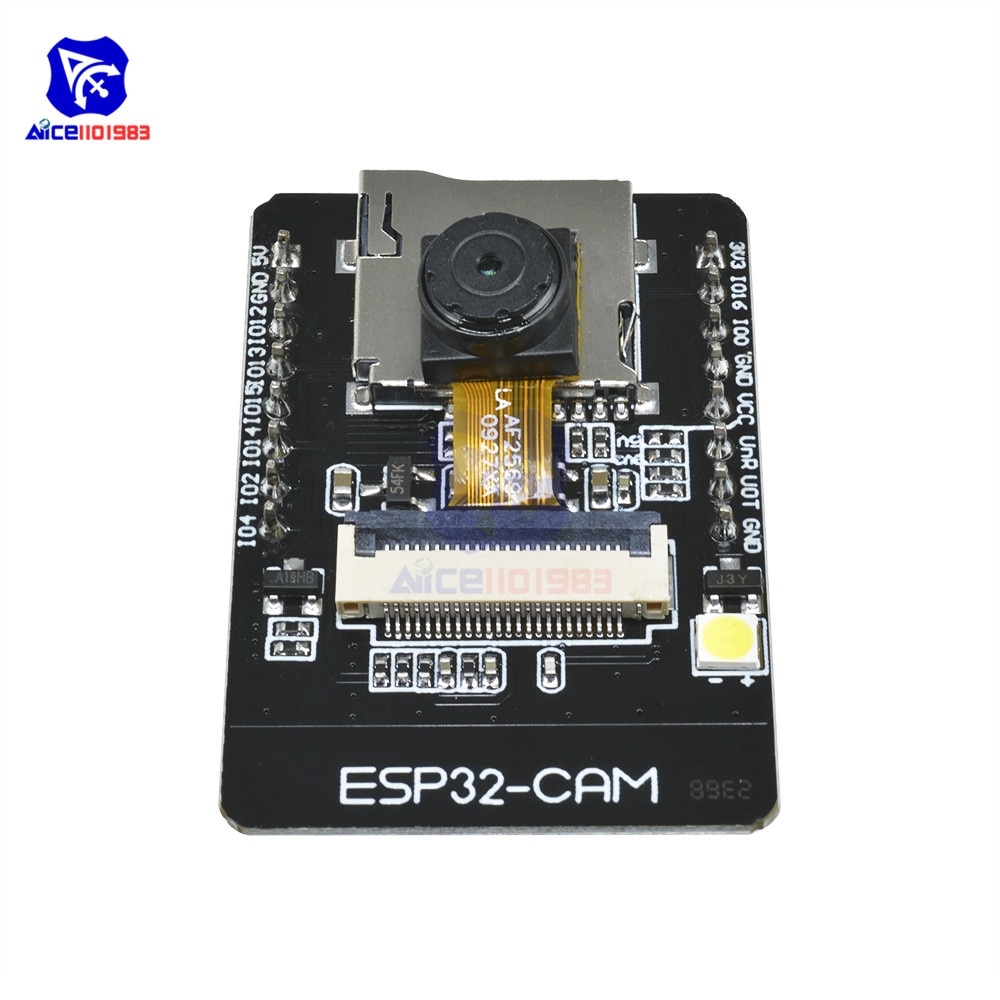
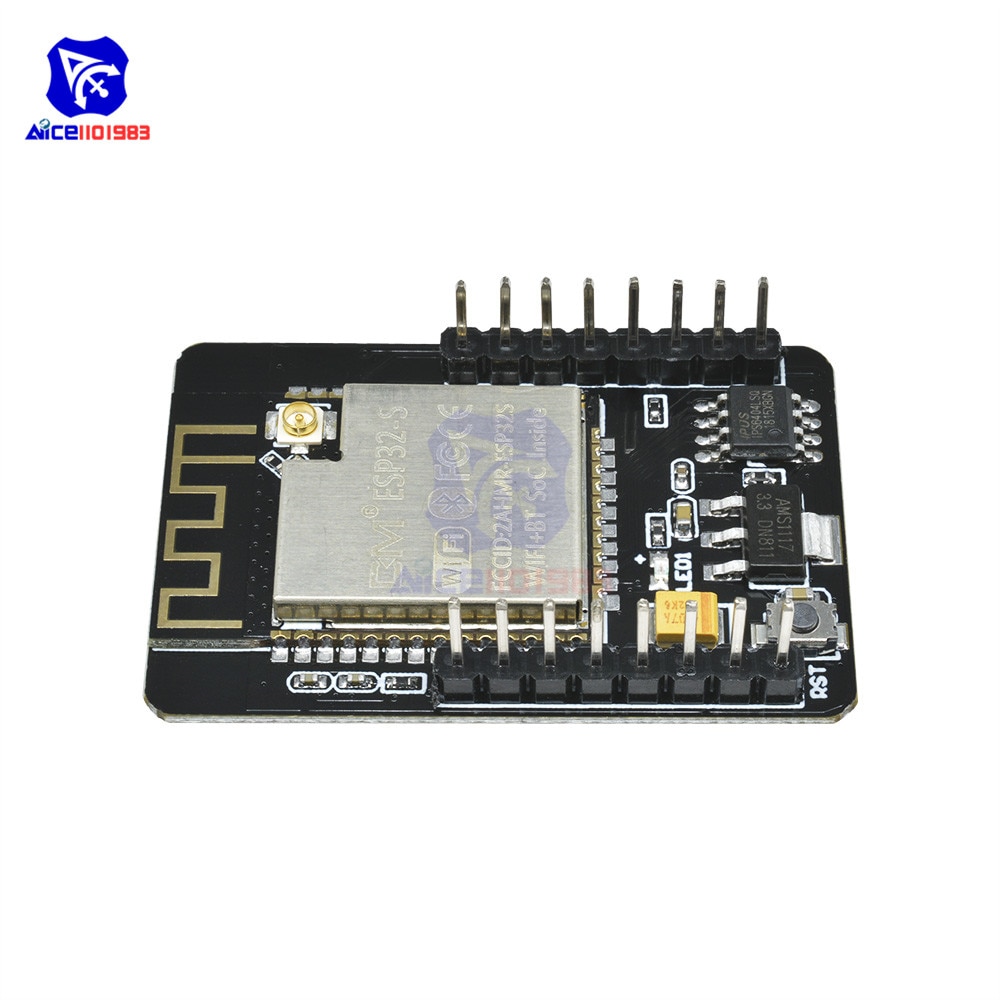
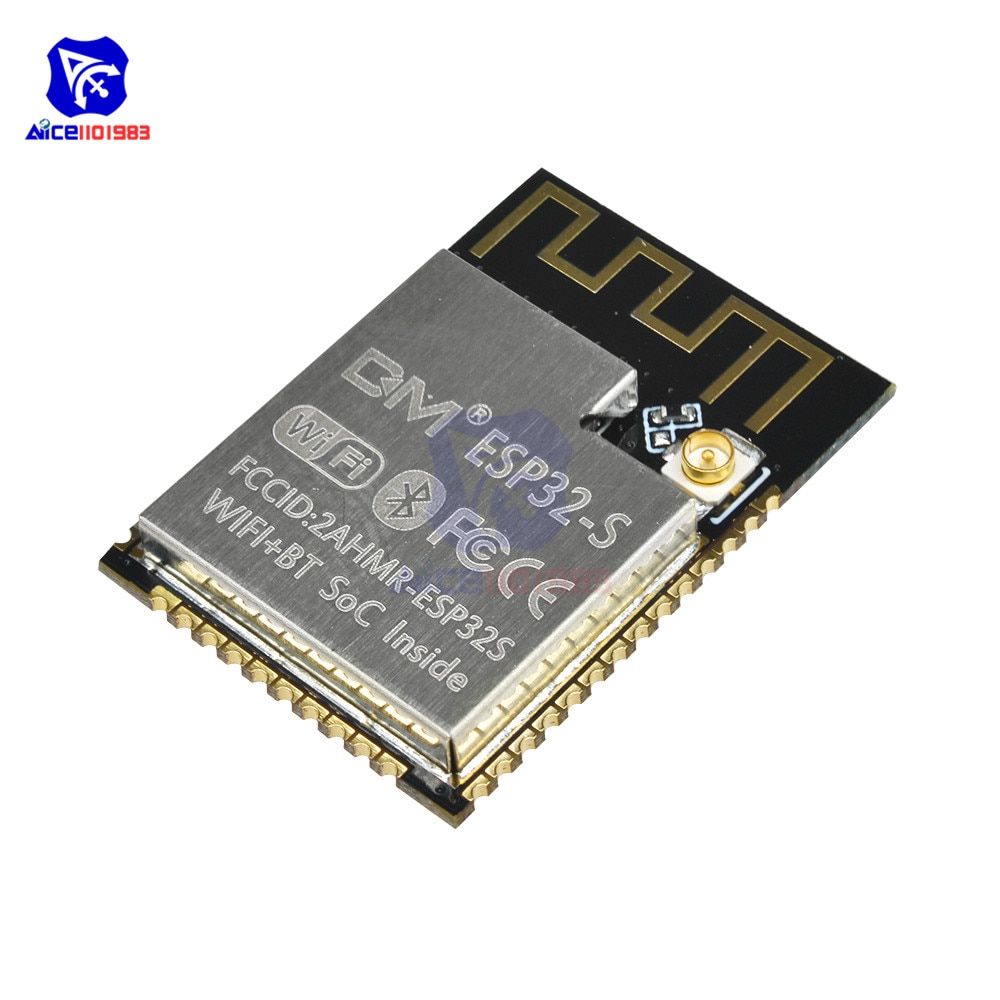

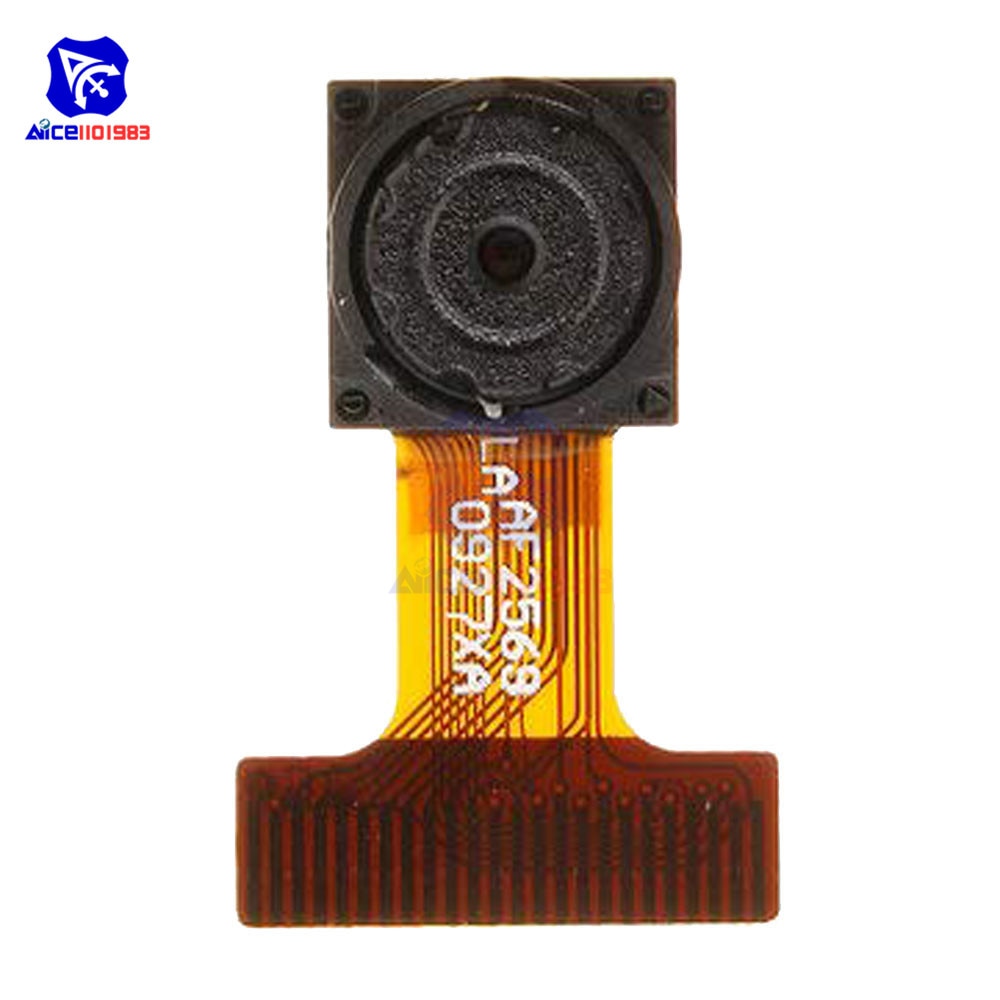
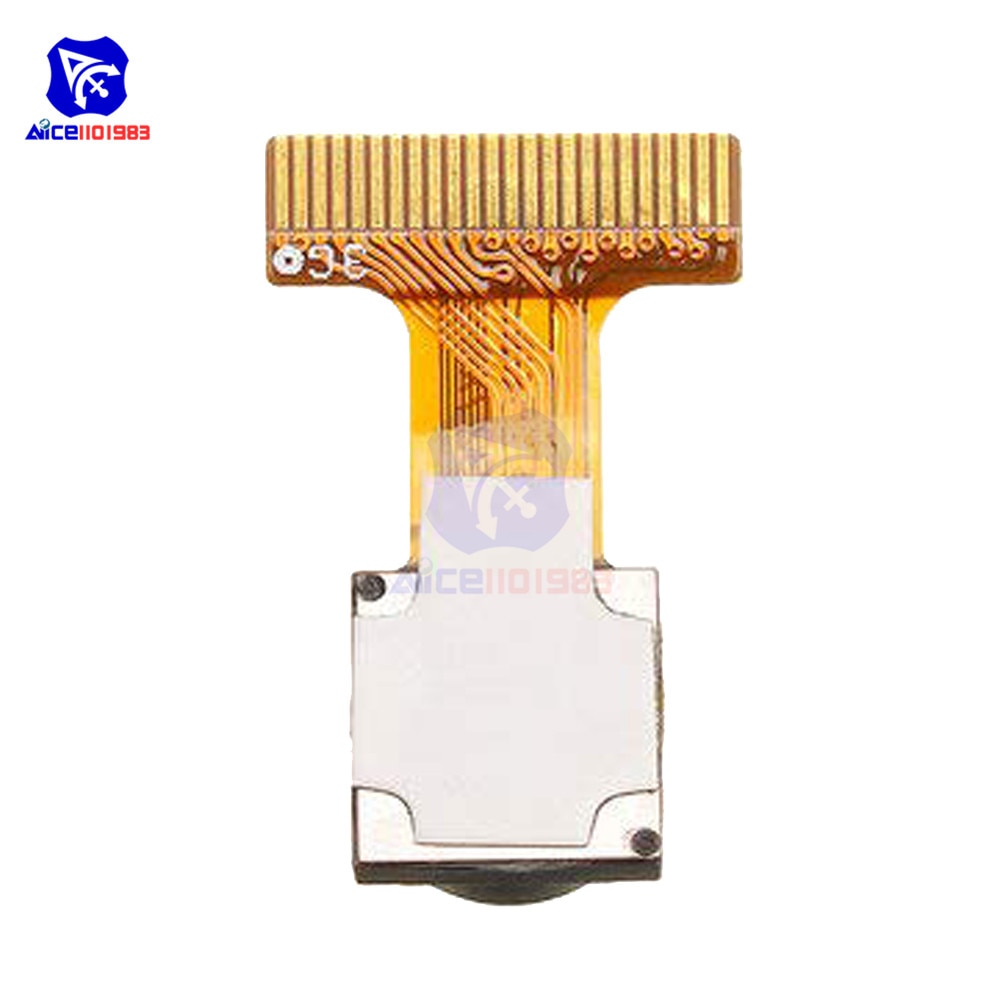

CP2102 USB to TTL Serial Converter Module
Description:
This USB to TTL adapter uses CP2102 main chip, generating virtual serial port after installing driver.
Designed with self-recovery fuse, can effectively protect your downloader and computer USB port in accidental short circuit.
The serial converter supports windows 8.1/7/vista/xp/98, MacOS-X/OS-9, Linux.
Having integrated status indicator and transceiving indicator, the higher the baud rate is, the lower brightness will be.
Designed with male USB connector, 3.3V and 5V voltage output power, can be directly connected to computer USB port.
Specification:
Type: USB to TTL
Chip: CP2102
Support Baud Rate: between 300bps and 1Mbps.
Supported Communication Formats:
1) 5,6,7,8 bits of data;
2) support 1,1.5, 2 stop bits.
3) odd, even, mark, space, none parity
Size: 4.8*1.5cm / 1.9*0.6in
Weight: 5g / 0.2oz (approx.)
General Knowledge:
TXD: Transmitting data, must connect to RXD of another equipment for normal communication.
RXD: Receiving data, must connect to TXD of another equipment for normal communication.
TXD always connects to RXD of other equipment for normal communication.
Self-transceivingFor normal communication the RXD connects to TXD of other devices, so if need to receive their own data, directly connect its own RXD and TXD together. It is used to test whether the transmitting and receiving is normal, and is the simplest and the fastest test method first to do when there is a problem.Also known as the loopback test.
Level logic:
TTL level: Data representation usually adopts binary, + 5 v is equivalent to a logic “1”, and 0V is equivalent to logic “0”, known as the TTL signal system, is the positive logic.
RS232 level: -12V to 3V is equivalent to a logic “0”, while +3V to +12V logic level is equivalent to a logic “1”, is a negative logic.
